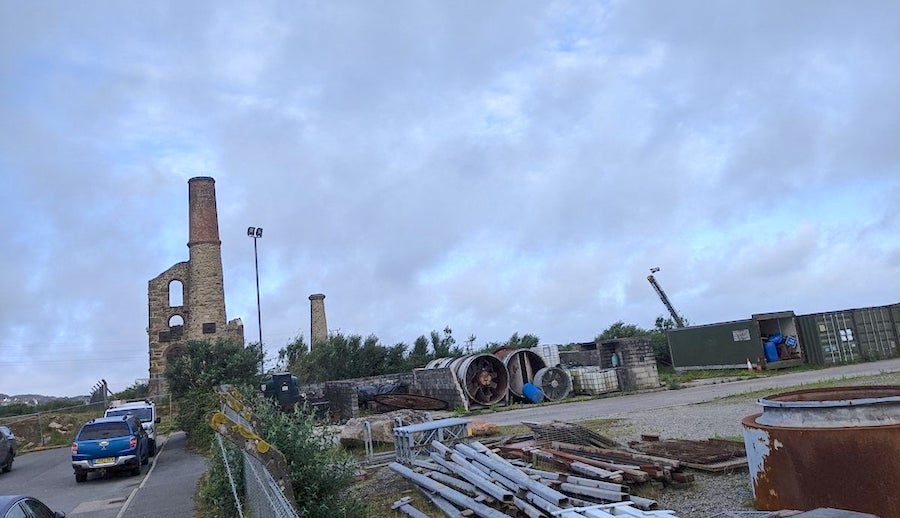
The move follows up on the discovery of a high-grade mineralization zone last year. The mining district where the discovery was made — Gwennap —had the world’s richest copper production in the eighteenth and early nineteenth centuries.
“The receipt of the drilling permit from Cornwall Council is an important step in our aim of delineating a new high-grade copper-tin resource at United Downs,” CEO Richard Williams said in the statement.
The first phase of the program will focus on tracing the recently discovered high-grade copper-tin structure along strike and down to a depth of up to 500m, the company said.
The first phase of the drilling program will focus on the recently discovered zone of high-grade mineralization in Gwennap
Depending on the results, the company aims to conduct the second phase of infill drilling later in the year, which will help to define the project’s maiden mineral resource.
Much has happened in the year since the company announced the initial discovery, including changing its name to Cornish Metals and completing a dual listing on the Alternative Investment Market (AIM) of the London Stock Exchange.
Cornwall’s last mine, South Crofty, closed in 1998, after more than 400 years of continuous operations. In July 2016, Cornish Metals completed the acquisition of its two assets in the area — United Downs and South Crofty copper-tin projects.
The company announced earlier this month it was a step closer to reopening the South Crofty mine, after inking land, mineral and waste disposal deals that will enable it to move forward with its redevelopment plans.




